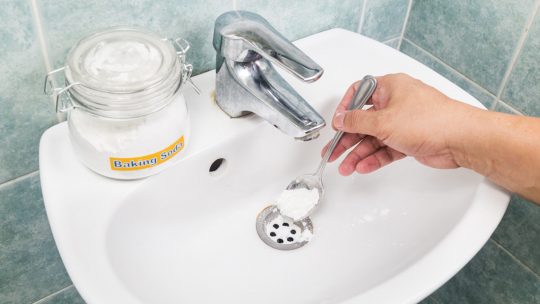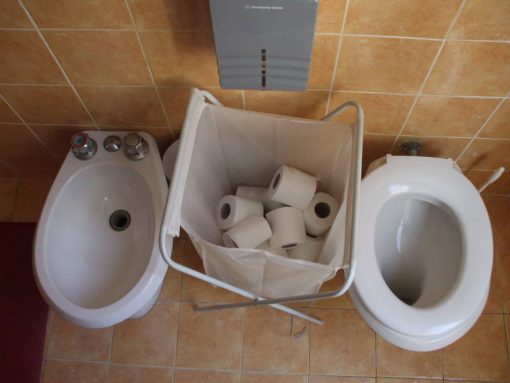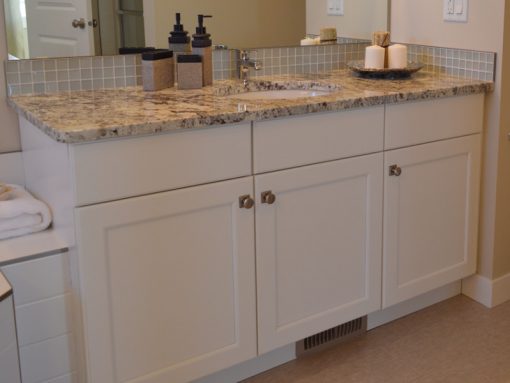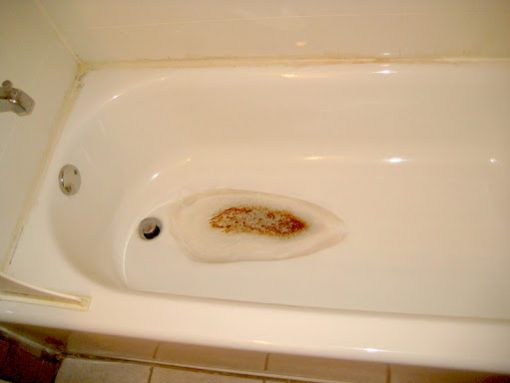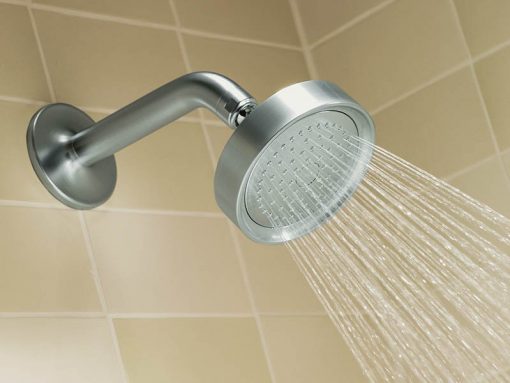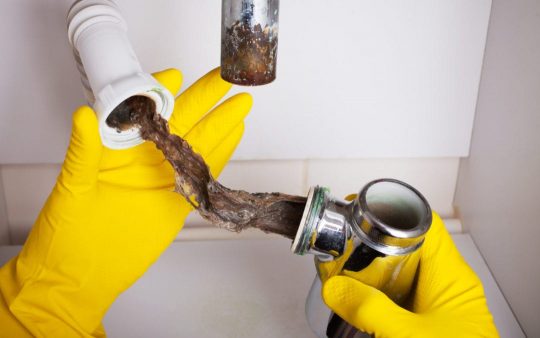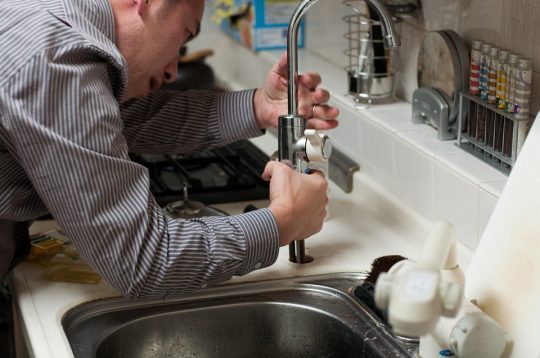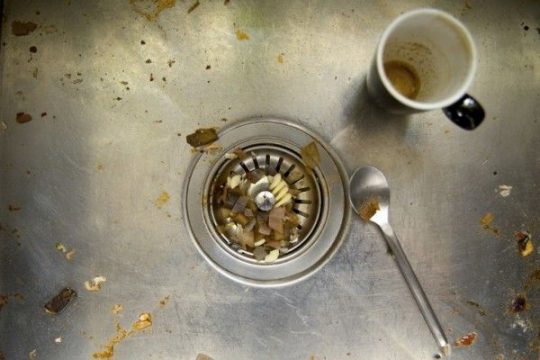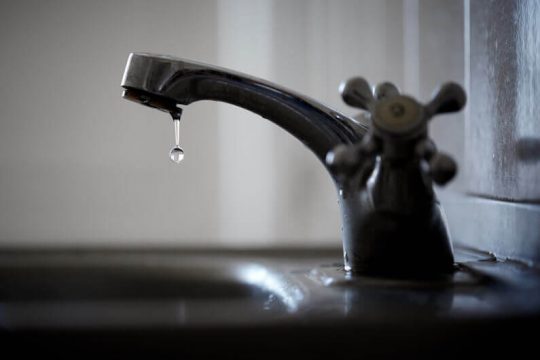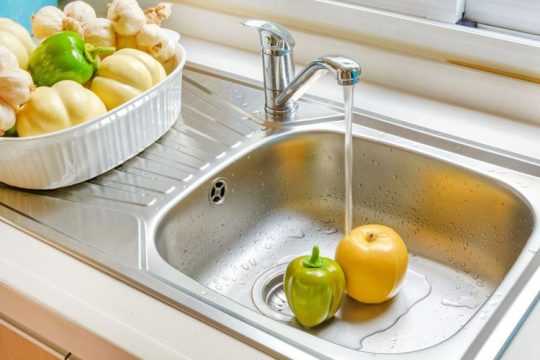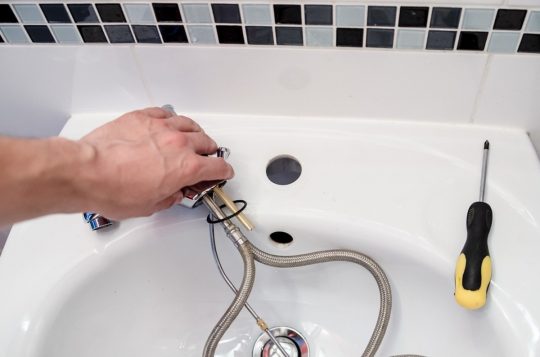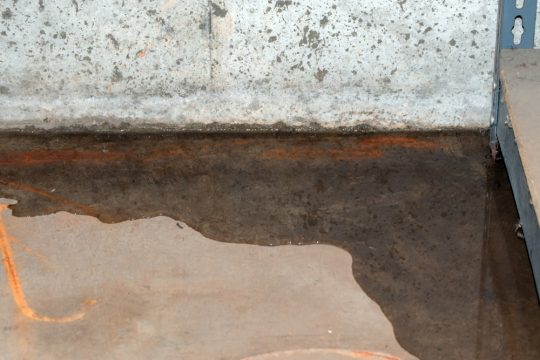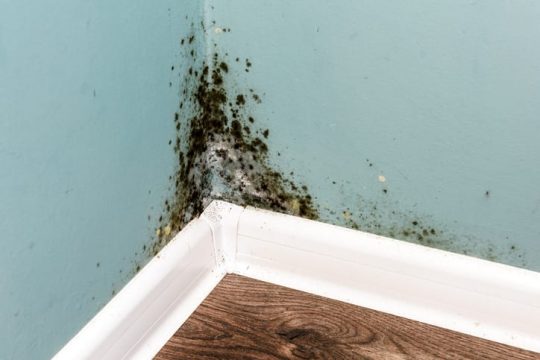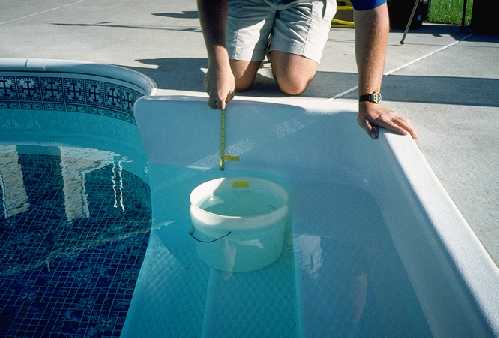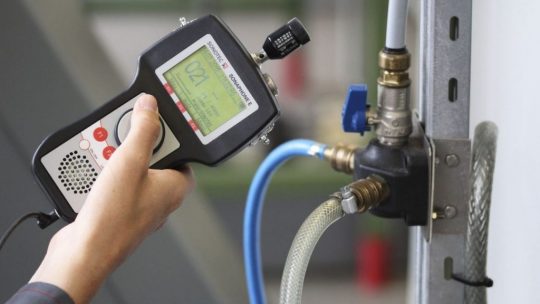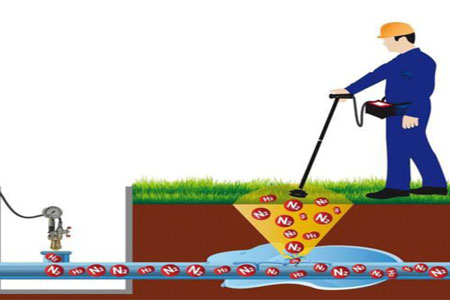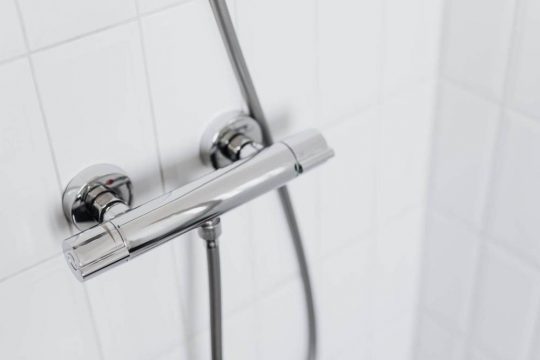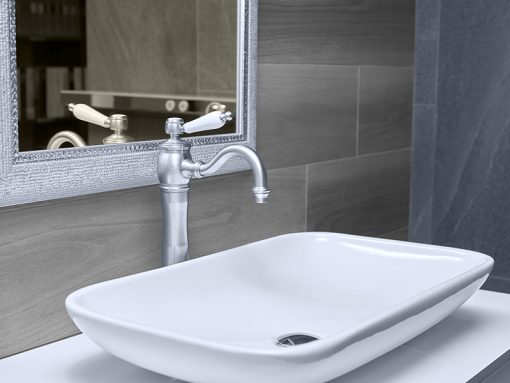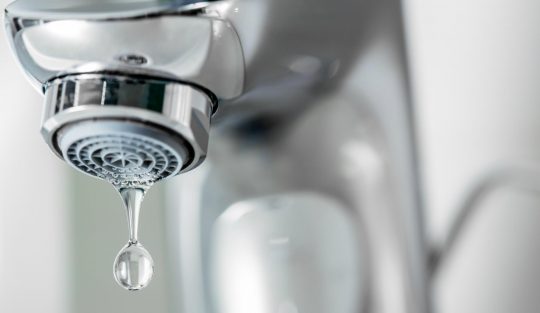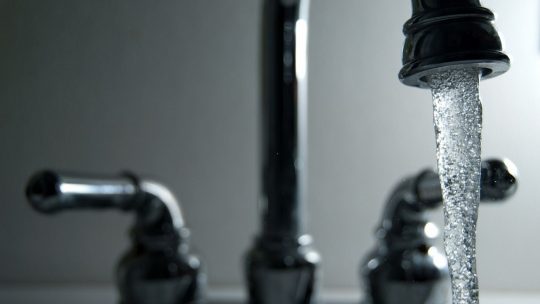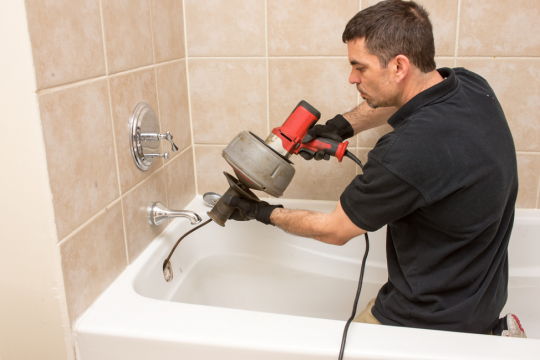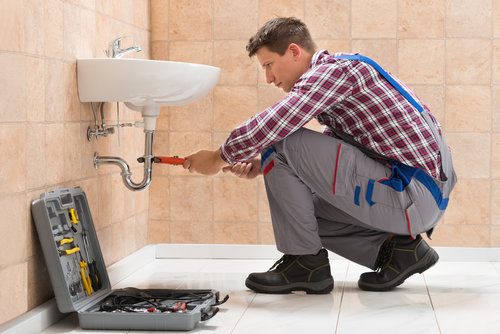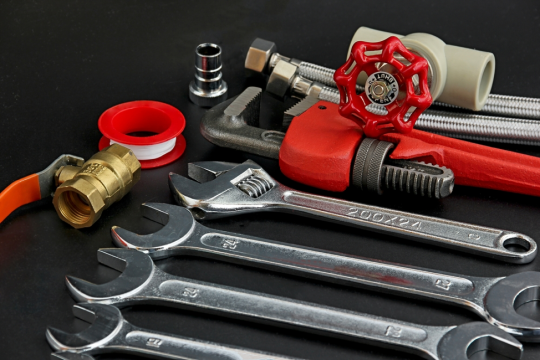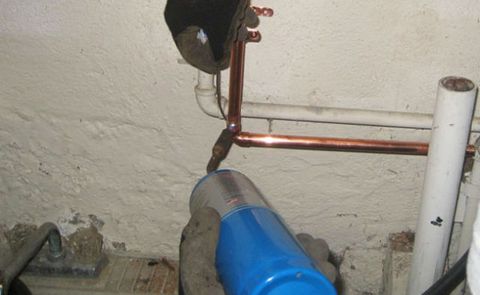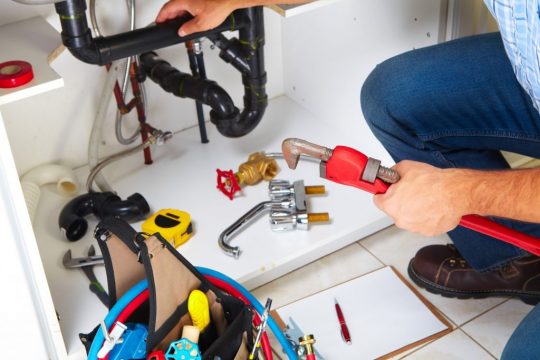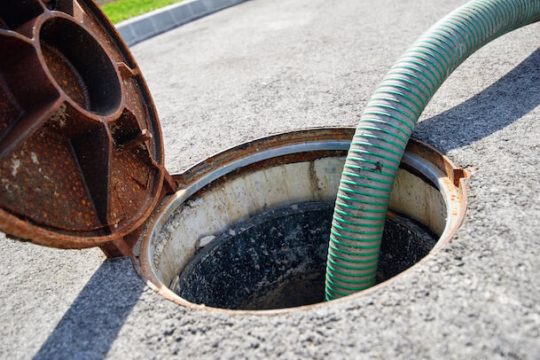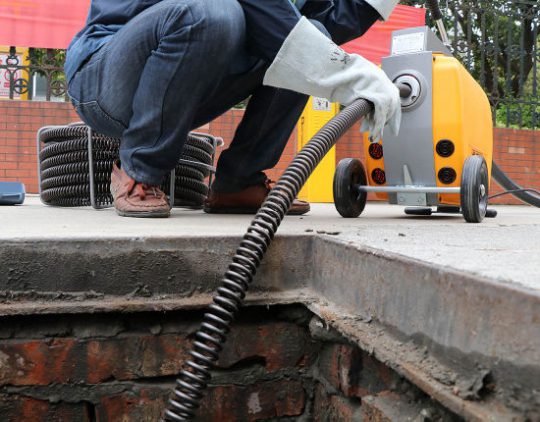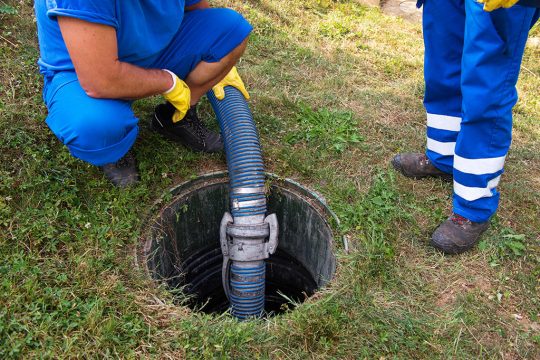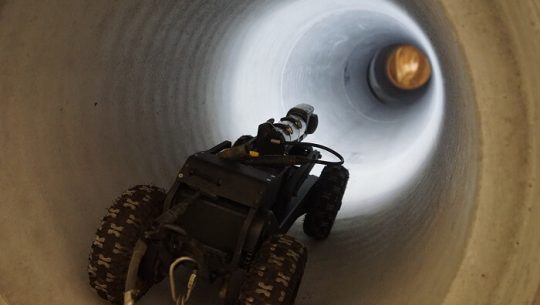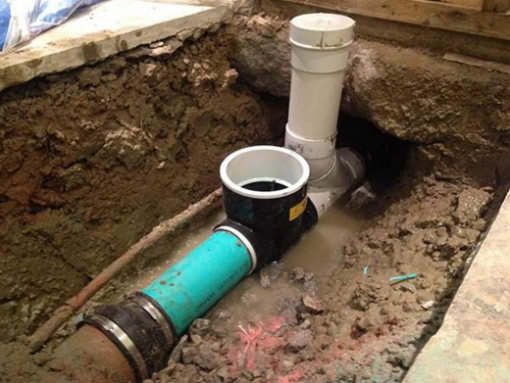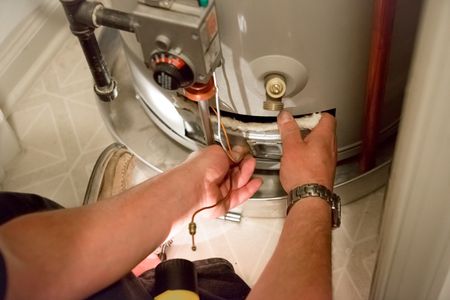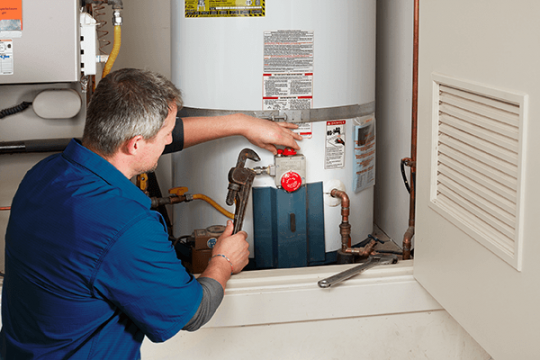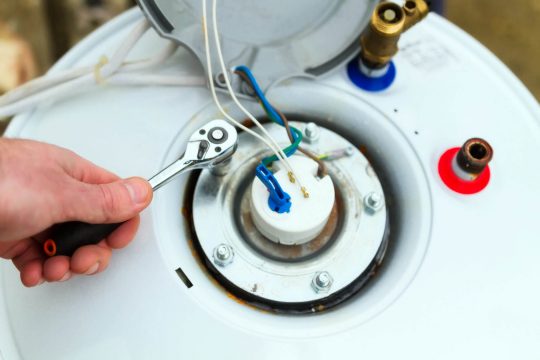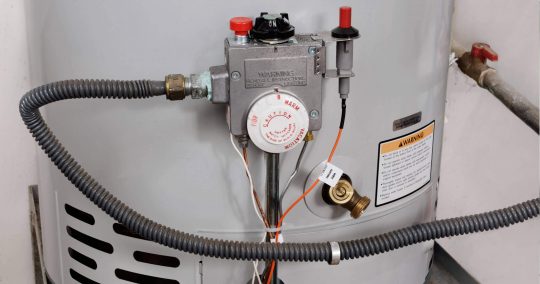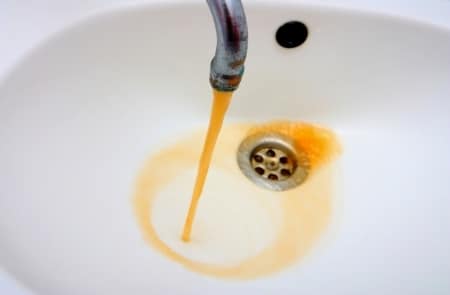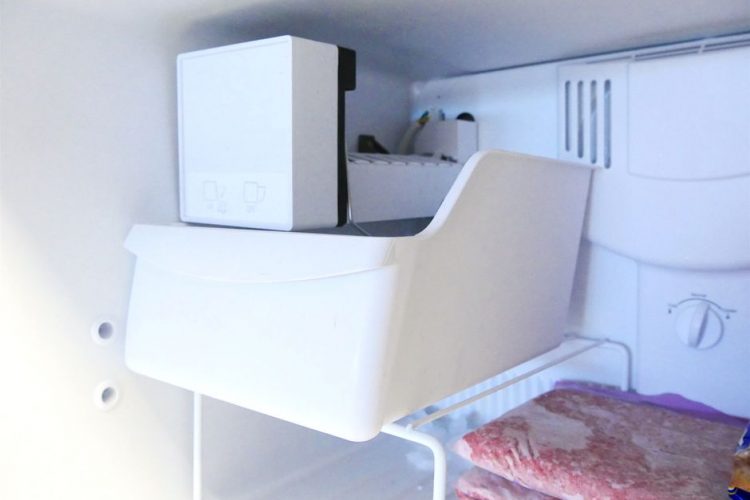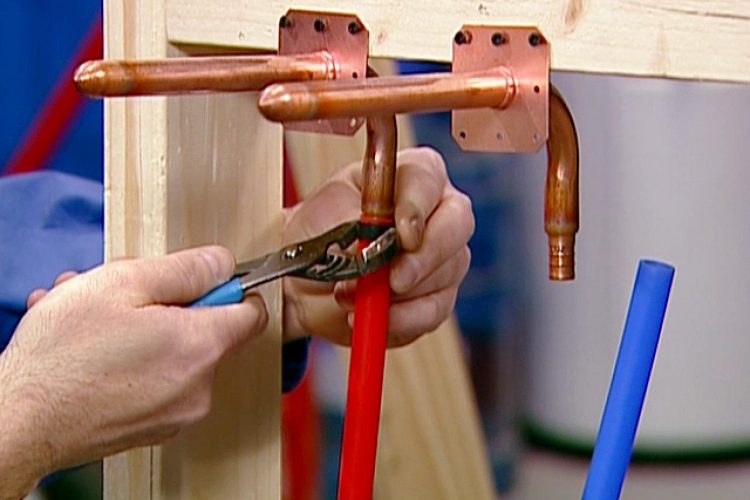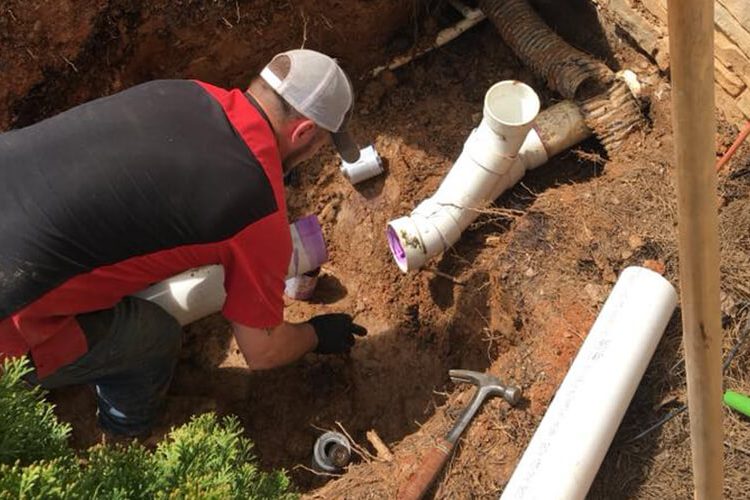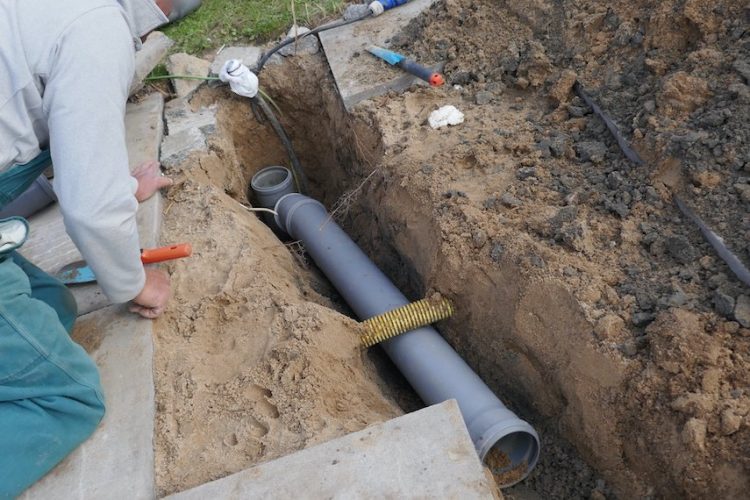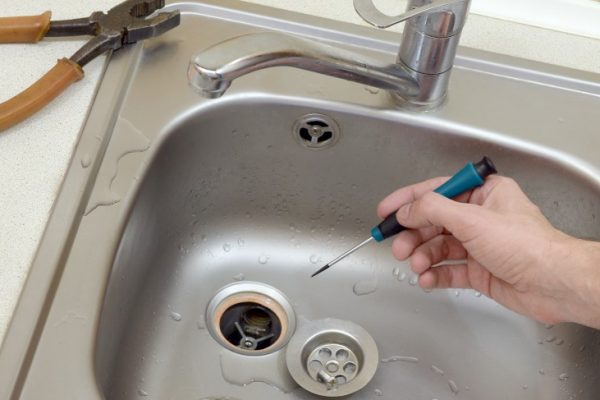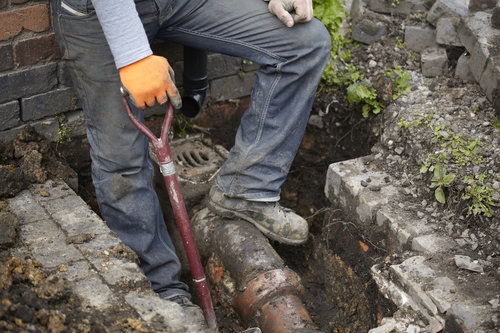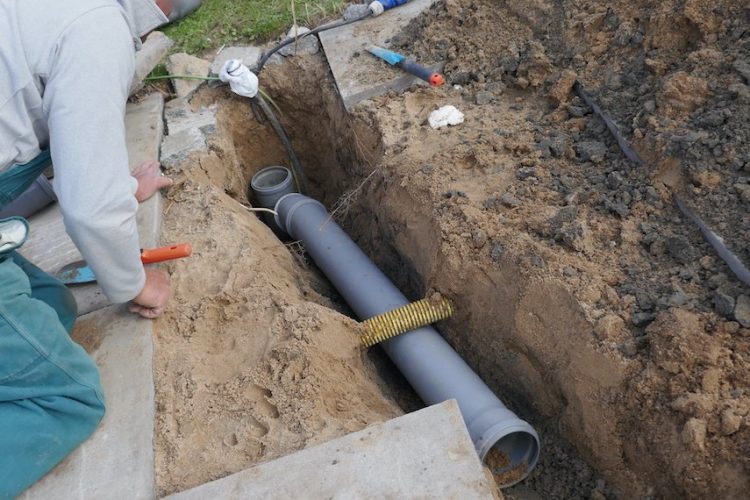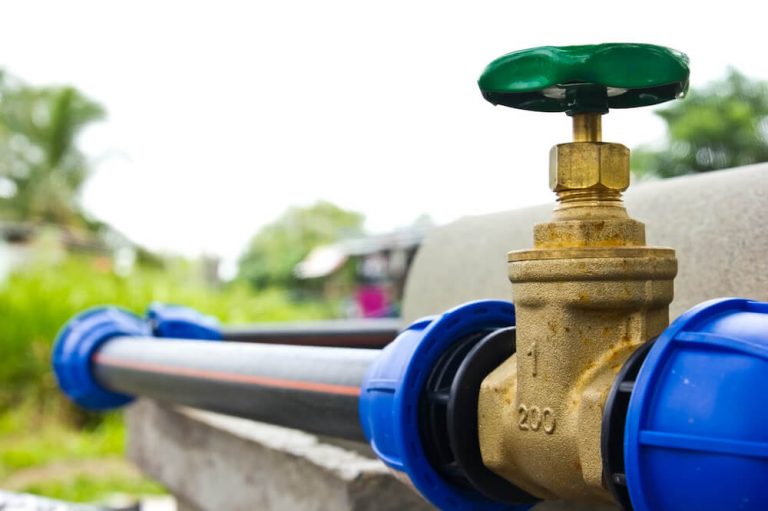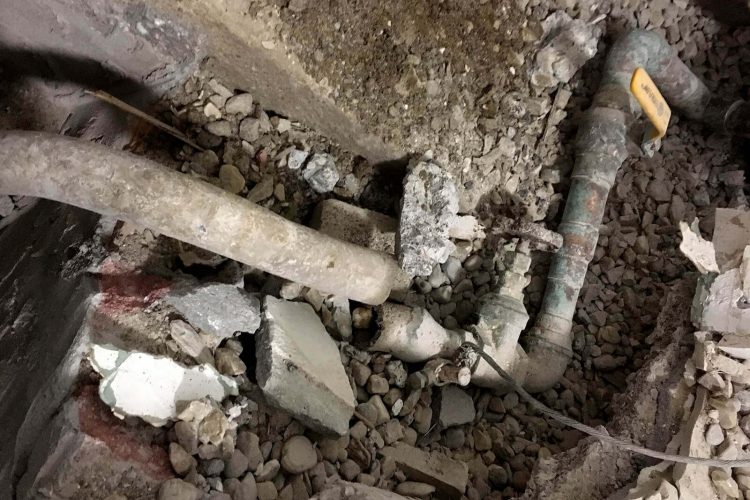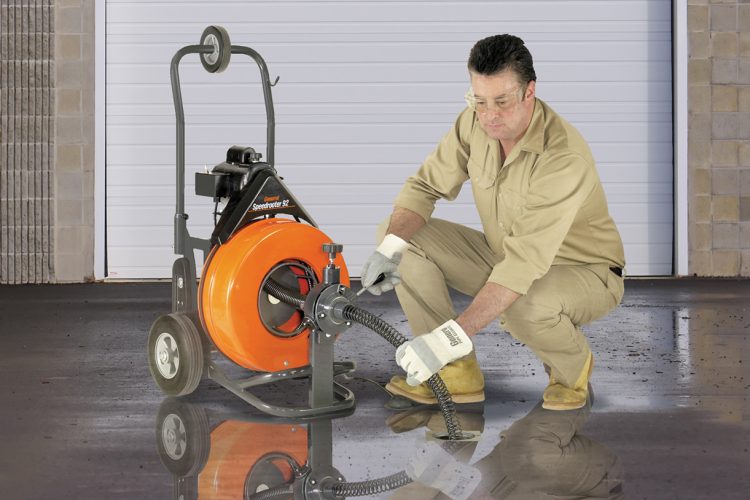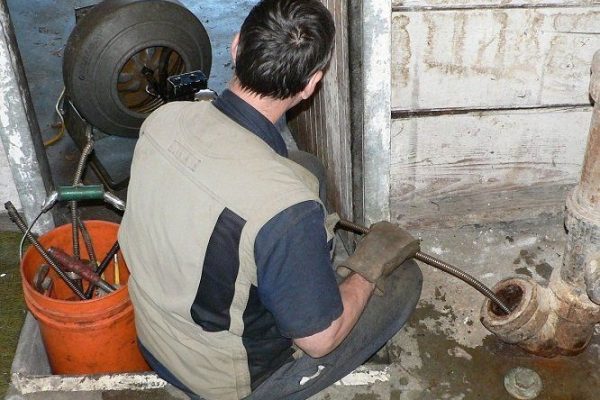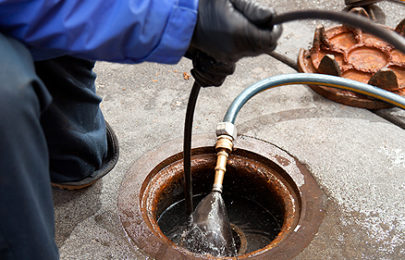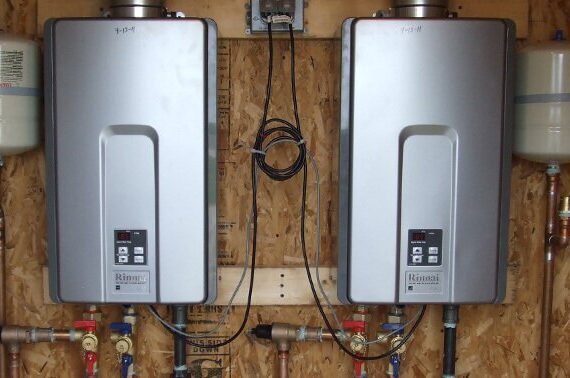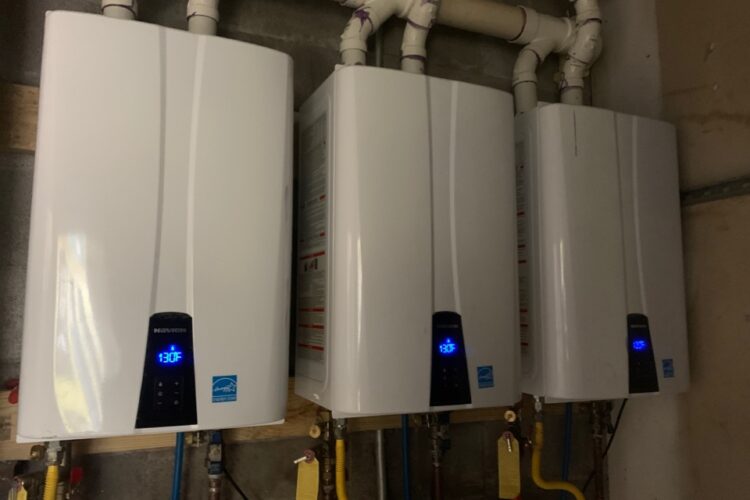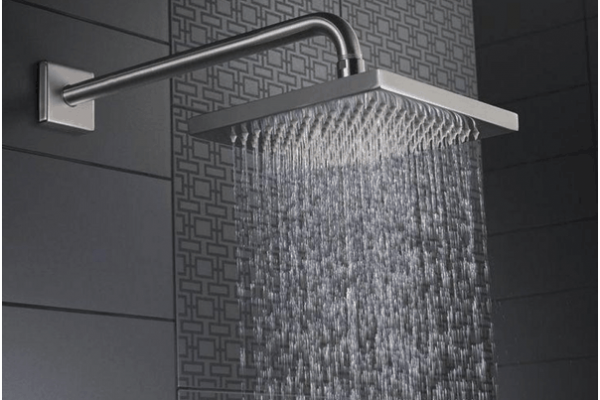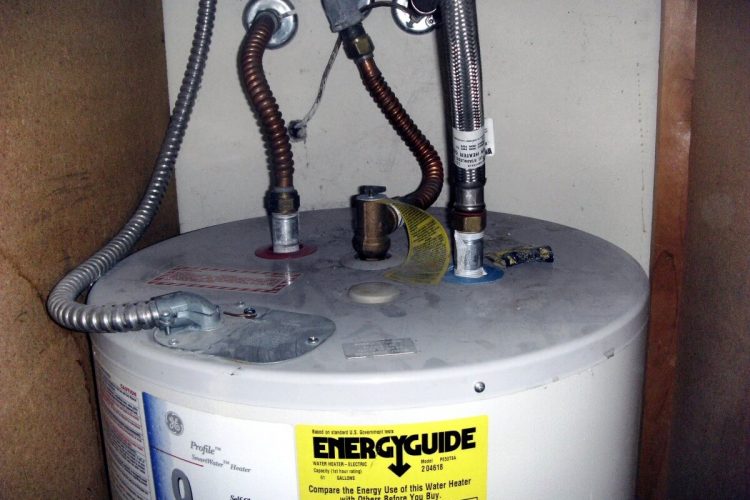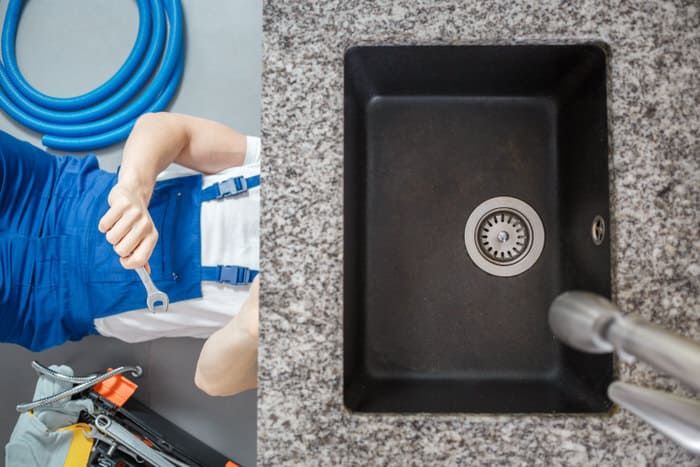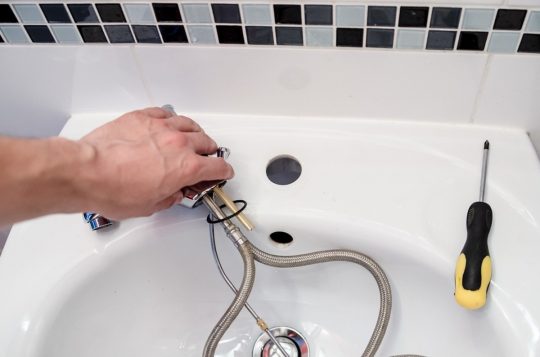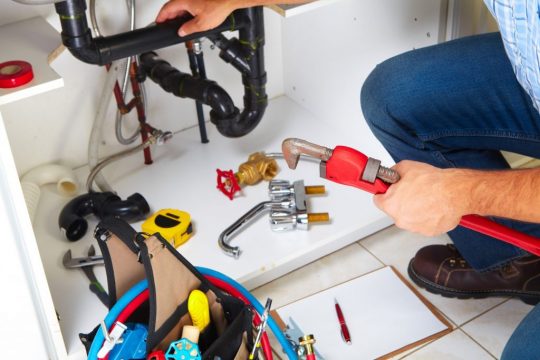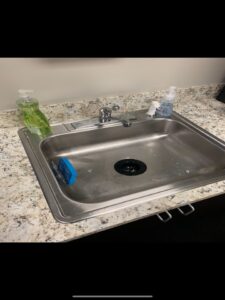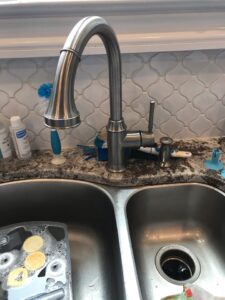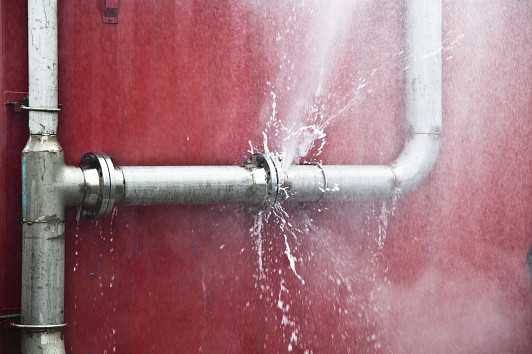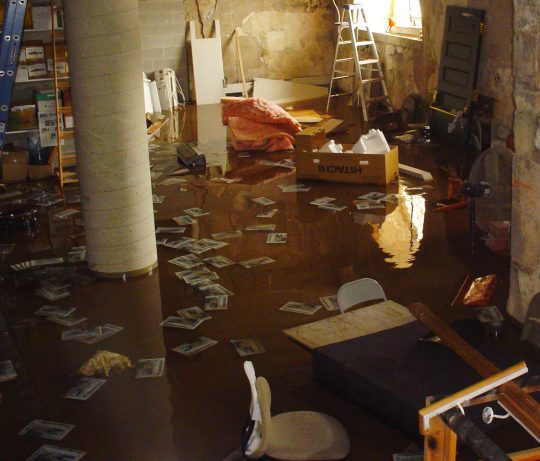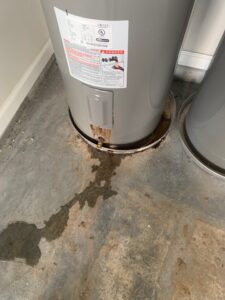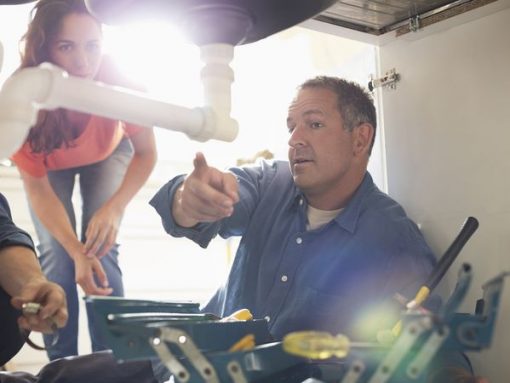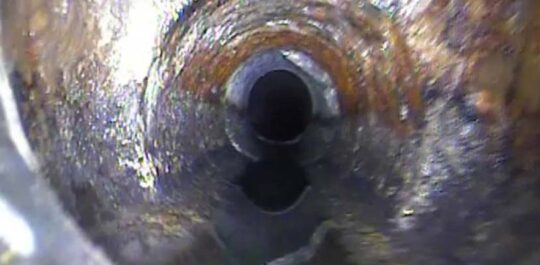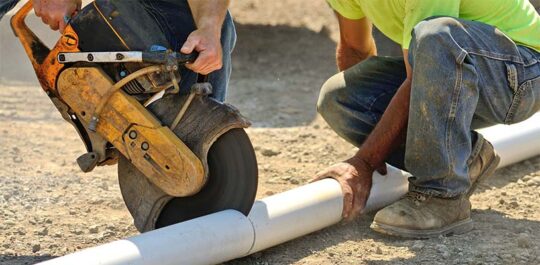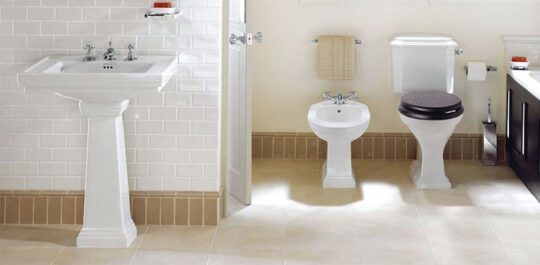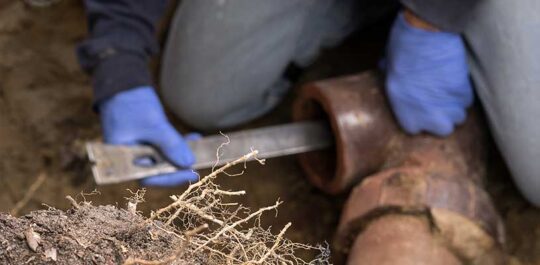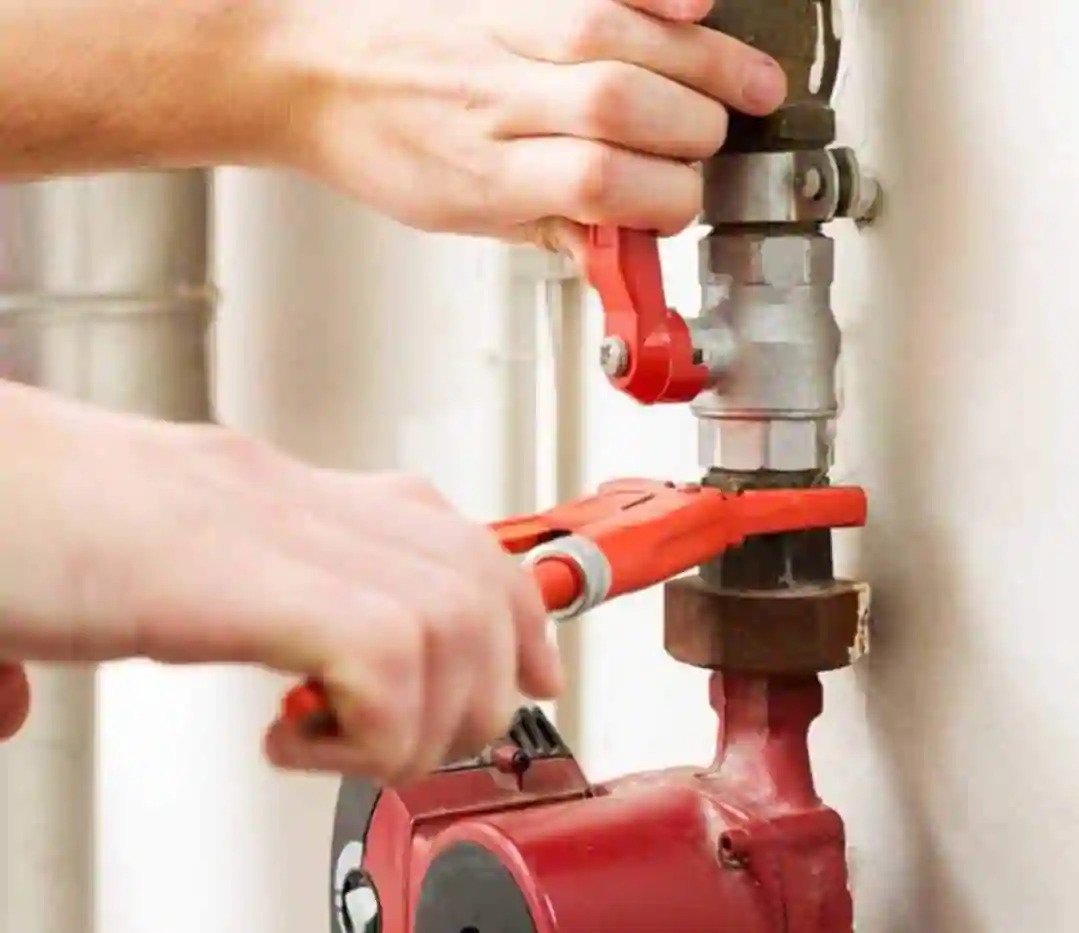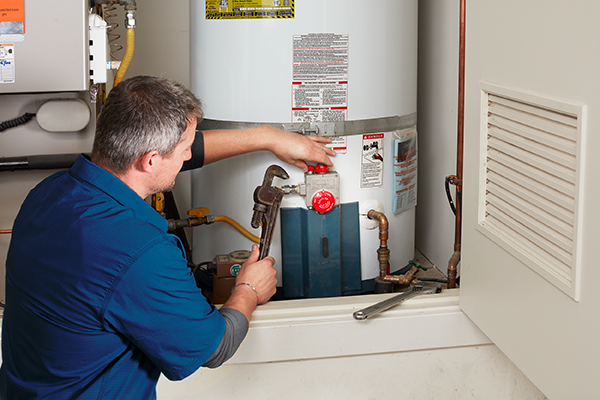How Much Digging is Required for Sewer Line Repair
Sewer line damage is something that – if not repaired – can fester and grow. It only gets worse if ignored. People often take this don’t ask don’t tell route when they suspect an issue with their sewer line mainly because the thought of digging up their entire yard is cringed worthy. We understand the fear of having your property in disarray, however, we are here to let you know that is no longer the only option.
In some cases, sewer line repair still requires digging. Traditional sewer line repair uses a backhoe to trench the area around the sewer line so that the damaged area can be accessed with ease. The trenches are refilled, but in some cases, the damage to your landscaping can be extensive.
Trenchless sewer line repair, however, digs only small holes at the beginning and end of the pipe. This type of sewer line repair uses a pipe bursting method where the new pipe is actually yanked through the original damaged pipe. The damaged pipe breaks into pieces in the process and the new pipe takes its position underground. This obviously causes a lot less damage to your yard, as only two small holes are necessary. Lawns and driveways are often left unscathed by this method; however, this method is not always possible depending on the pipe’s condition, makeup, material, and your home’s location.
Another method of trenchless sewer line repair involves a pipe liner. This actually leaves the original pipe in place and adds a reinforcing flexible tube accompanied by a coat of resin inside the pipe. The inner tube is inflated, which binds it to the original, damaged pipe creating a new joint-less pipe. The new pipe is corrosion resistant but does reduce the diameter of the repaired pipe by a quarter of an inch. This should not impair or even affect waste removal from your home.
In some cases, the lateral joints are not salvageable. Maybe they collapsed, maybe they are cracked – regardless, if the lateral joints cannot be salvaged, then pipe lining cannot occur. Pipe bursting can still be considered an option.
One reason you may opt for the traditional digging option for sewer line repair is the cost. Because trenchless sewer line repair is so much more complicated, it can cost anywhere from 30 to 50 percent more than traditional sewer line repair. This might not be significant if you plan on making up the price difference by restoring your lawn. Regardless of which choice you feel will benefit your wallet and lawn the best, trenchless sewer line repair still may not be an option for you. It all depends on the way your sewer pipes were construction and the area in which you live.
The only real way to decide whether you need trenchless sewer line repair or traditional sewer line repair is to consult a plumber. Give us a call and we will make an appointment to examine your sewer lines and come up with the best sewer line repair plan for your sewer pipes and also for your budget.

